The importance of rehabilitation in dogs
Increasingly, physiotherapy and rehabilitation are being established as one of the basic pillars in veterinary traumatology and neurology.
While good diagnosis and surgical or pharmacological treatment are critical, rehabilitation can really make all the difference.
The structures of the musculoskeletal system are closely related to each other. The inactivity or poor function of one severely affects the others.
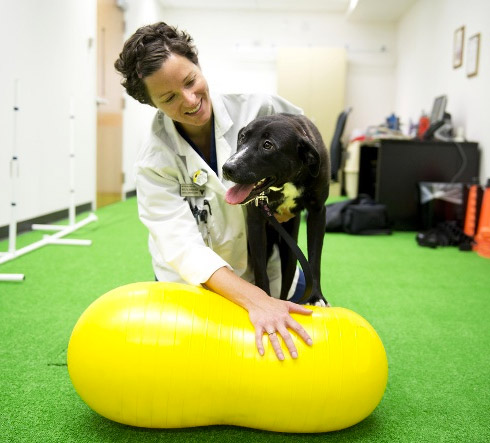 Let’s take a frequent example: hip dysplasia. This is an incongruity of the hip joint, in which bone, cartilage, joint capsule, synovial fluid and ligaments are affected.
Let’s take a frequent example: hip dysplasia. This is an incongruity of the hip joint, in which bone, cartilage, joint capsule, synovial fluid and ligaments are affected.
The moment the dog feels pain, it lowers its activity drastically. This causes a loss of muscle mass around the joint. As a result, the joint will be less “embraced” by the muscles, increasingly weak and with less force. Then the joint will be more unstable, causing more osteoarthritis (which in turn will increase the pain, which will further lower the activity of the animal). As you can see, it is a vicious circle from which it seems very difficult to escape. The key is to re-exercise those muscles. A possible solution is the use of a wheelchair: these support most of the weight of the animal, but allowing it to exercise the hind limbs. For very advanced cases in which the animal can no longer move the limbs, there is the option of electrotherapy, which will allow us to make passive movements of the muscles. There are even electrotherapy terminals for home use.
When our dog has a musculoskeletal or nervous problem, it is very important that we ask the veterinarian what is the appropriate activity at each stage of the disease.
Here we leave you with a video where the importance (and the wonderful consequences) of a gentle and constant rehabilitation is demonstrated:

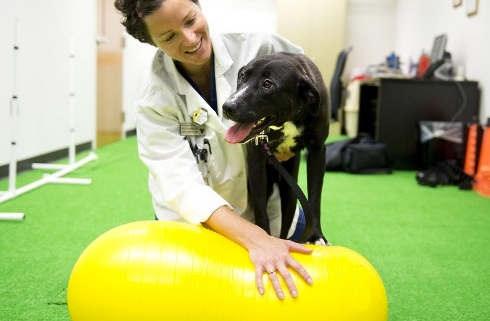

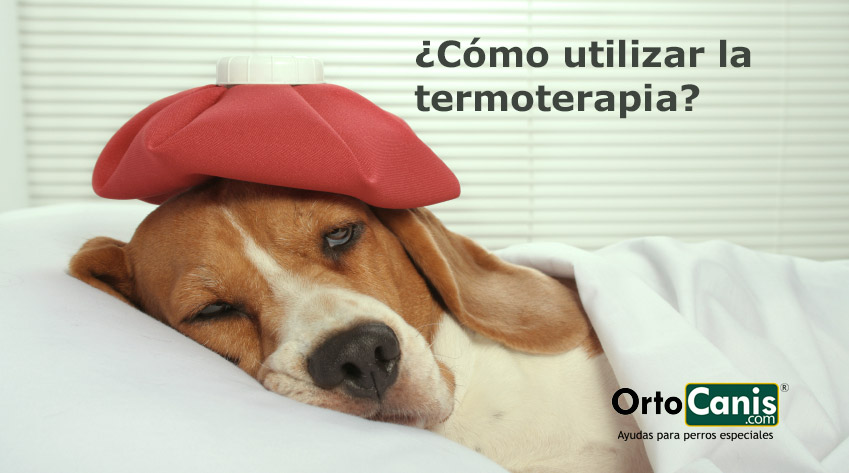
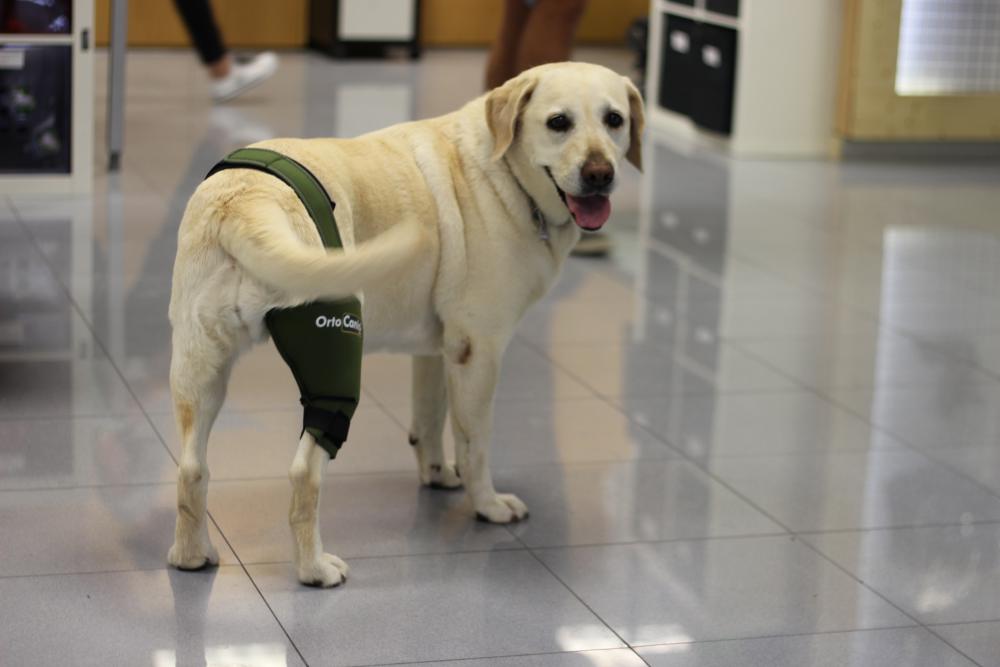
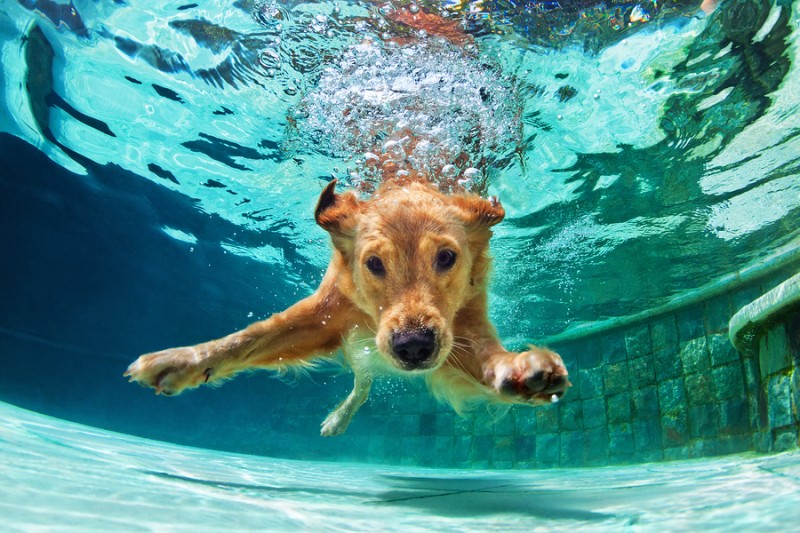


Leave a Reply
Want to join the discussion?Feel free to contribute!